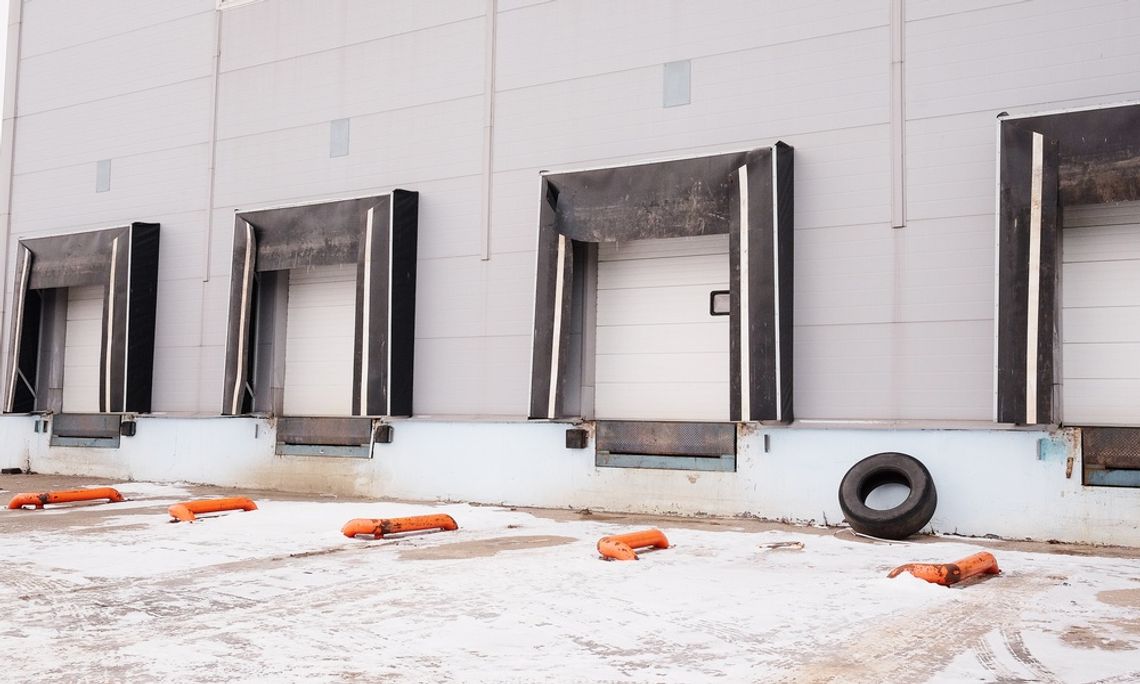Weather can transform a bustling loading dock into a hazardous zone in seconds, catching even the most prepared teams off-guard. From rain-slicked surfaces to icy hazards or blistering heat, every forecast brings unique challenges. Using this guide to how weather impacts workplace safety in loading areas can offer practical solutions to keep your team safe and your operations running smoothly, no matter the elements.
Weather That Poses a Threat
Heavy Rain
A soaking wet loading dock seems like an inconvenience you can work around. However, it’s actually a breeding ground for accidents. Slick surfaces heighten the risk of slips and falls, while precipitation can reduce visibility, particularly when moving heavy loads from trucks. Extremely wet conditions may also damage equipment like forklifts, making operational mistakes more likely.
Snow and Ice
Winter introduces its own unique set of challenges to loading docks. Icy ramps and frozen surfaces make it nearly impossible for trucks, forklifts, and workers to maintain reliable traction. Snow buildup can impede access to key loading areas, delaying shipments and increasing frustration. Without proper de-icing measures, even routine tasks become high-stakes operations.
Extreme Heat
Heat often sneaks under the radar as a workplace safety concern, yet it can be just as hazardous as a snowstorm. High temperatures can cause dehydration and heat-related illnesses among workers, particularly those stationed outdoors for long periods. Additionally, overheating machinery may malfunction, increasing the risk of accidents or costly downtime.
Strong Winds
Wind can disrupt loading areas in unexpected ways. Machinery with raised forks or unsecured items on pallets may tip over. Strong gusts, particularly near open docks or warehouses located in exposed areas, can make steady footing and consistent loading nearly impossible.
Strategies To Mitigate Weather-Related Hazards
The key to minimizing risk lies in preparation. Start with proper dock maintenance. Regularly check for cracks, uneven surfaces, and pooled water that can worsen in bad weather. Ensure that non-slip mats and de-icers are available during colder months. Securing pallets, equipment, and other loose items prevents them from becoming projectiles during windy conditions.
Next, focus on training your team. Workers should know how to operate safely in tough conditions, recognize weather-related dangers, and use protective gear effectively. Creating a safe loading dock environment also involves equipping workers with high-visibility vests, waterproof boots, or industrial cooling gear, depending on the conditions. Communication is equally essential; updates about incoming weather forecasts ensure everyone stays prepared.
The Importance of Weather Preparedness
Proactively preparing for how weather impacts workplace safety in loading areas is not just about reducing accidents but maintaining productivity and ensuring your bottom line. A weatherproof operation means fewer disruptions, more confident workers, and equipment that’s built to last.
Now is the time to take action. Review your dock protocols, upgrade your weatherproofing strategies, and build a safer future for your team.


Comment
Comments